Boston Dynamics is known for producing cutting-edge robots that improve people's lives. The company, now in the Hyundai orbit, strives to revolutionize people's lives with its goal of creating dynamically stable machines on legs. A clear plus for overcoming terrain that other robots cannot overcome and performing automated functions in uncontrolled environments.
This is why Boston Dynamics has developed a variety of innovative robots that have gained immense popularity over time.
Here is a list of the 10 best robots built by this company, which can change the world.
Big Dog
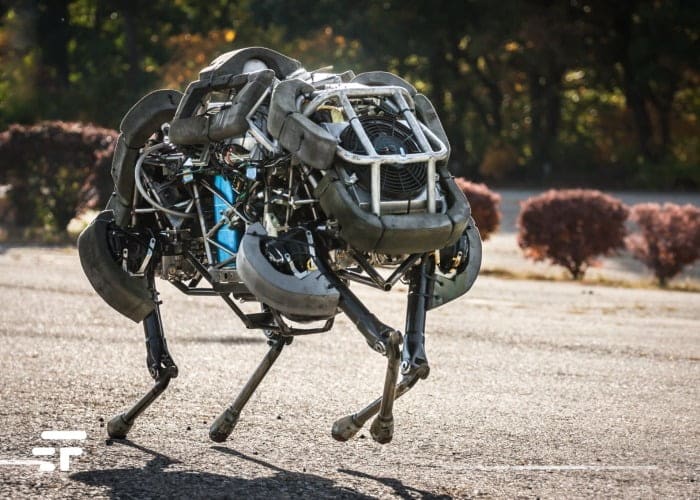
Boston Dynamics created this robot in 2005. It did so in collaboration with Foster Miller, the Jet Propulsion Laboratory and Harvard University's Concord Field Station. It seems obvious today, but 17 years ago the news was that BigDog didn't have wheels and didn't tip over. It has four legs that it uses to move across surfaces: for merit and seniority, it has achieved recognition as the most ambitious quadruped robot in the world.
Cheetah
This is a quadruped robot that since its construction in Boston Dynamics has seen a massive transformation over time. In 2012, it had already set a land speed record for legged robots. At the end of 2014 it could jump over obstacles while running and in 2018 this robot was able to climb stairs without any difficulty. While MIT makes a “mini” version of it that learns to run on its own, what are they doing with the larger “cheetah”?
Little dog
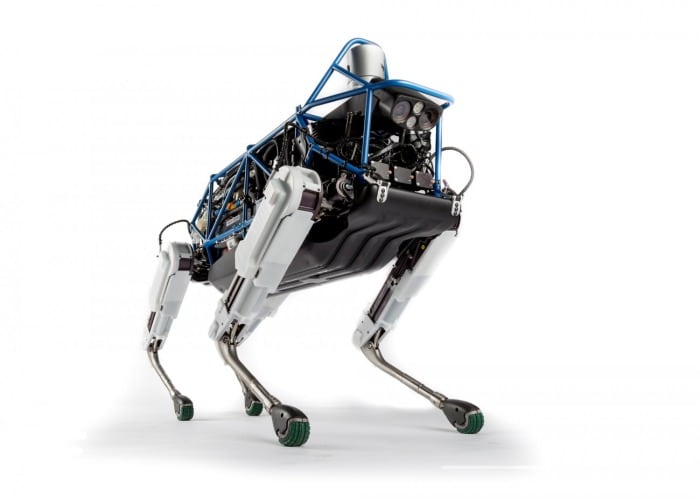
LittleDog is the little one of the house. Boston Dynamics launched it 12 years ago, in 2010. It is a four-wheeled robot with three electric motors: its sensors are practically everywhere: joints, motors, paw / ground contact. LittleDog is small, as the name implies, but he can climb mountains: just 30 minutes at a time (that's his battery life, for now).
Boston Dynamics Petman
PETMAN is short for “Protection Eseems Tis Malenequin”. In this case it is a bipedal machine designed by Boston Dynamics to test chemical protection suits. The fact that PETMAN is the first anthropomorphic robot that can move like a real person is something worth noting. We will hear about it often.
LS3
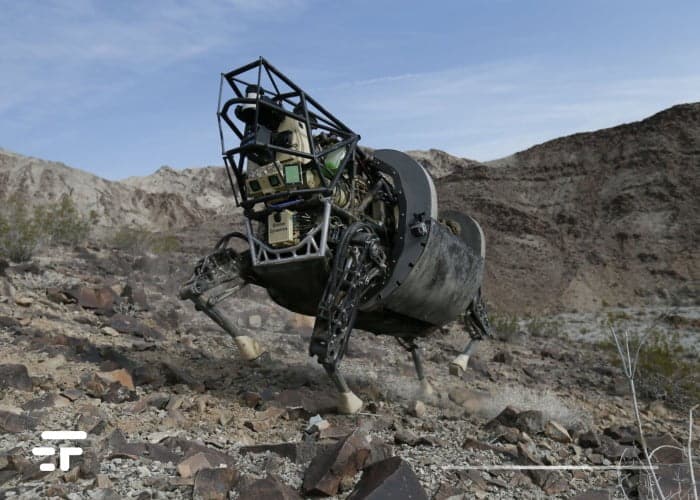
LS3 stands for “Legged Squad Ssupport Ssystem”. Three S's, yes. For friends, however, this robot from Boston Dynamics is also known by the name of "AlphaDog". And it's the least pleasant for me: yes, because AlphaDog, in fact, is a militarized version of BigDog. This robot was designed to survive extreme heat, cold, humidity and dirt, but unlike the others I hope not to hear about it at all in the future.
Boston Dynamics Atlas
Atlas is another Boston Dynamics biped. He is 1 meters (5 feet) tall and looks like the "good old" PETMAN I told you about above. This robot's ability to move agilely has attracted worldwide attention, also accomplices the always viral videos that see him as the protagonist. Many people wonder where it will be able to get to without a plug.
Spot
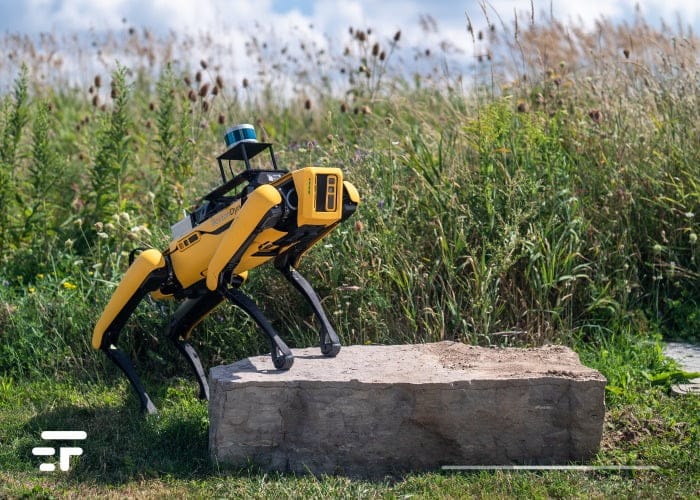
Spot is the star of the market (for now). A four-legged Boston Dynamics quadrupedal robot weighing about 25 kg, lighter and above all quieter than all other products. He has already played a wide variety of roles: from cheerleader (funny) to shipyard inspector (useful), from data collection (I think about it) to future border patrol for anti-immigration purposes (horror).
Boston Dynamics handle
Boston Dynamics' Handle is a walking research robot that stands 2 meters (6,5 feet) tall and can run at nearly 15 kilometers per hour (9 mph). It is also capable of jumping over one meter (4 feet) high. It has two folding legs on wheels and two “hands” for picking up or carrying things. He's applying for transport and delivery tasks, didn't you guess?
Stretch
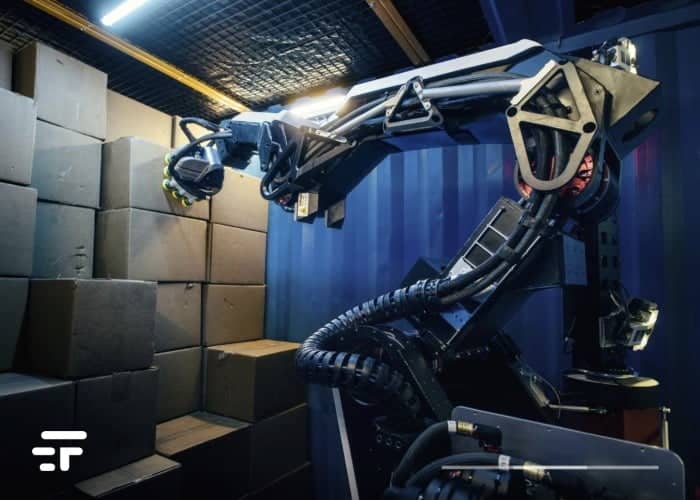
Stretch is a robot designed by Boston Dynamics in 2021 exclusively for the purpose of warehouse automation. It has impressive strength, equal to its precision: think, it is powerful enough to be able to lift objects up to 20kg (50 lbs) as if they were small things, simply by using an array of suction cups.
Pick
Pick is also used to move boxes and manage a warehouse. This robot is similar to Stretch, but it does not move - it is anchored in a single position. Its qualities make up for this limitation, though: it can identify any box in less than a second. What it loses in mobility it gains in speed.


